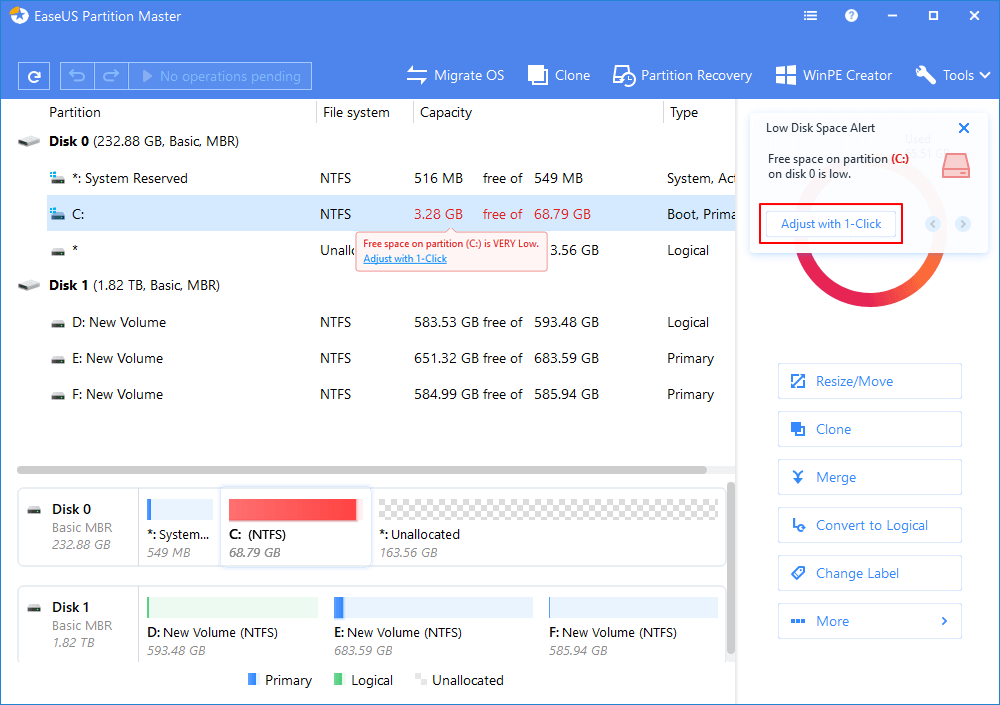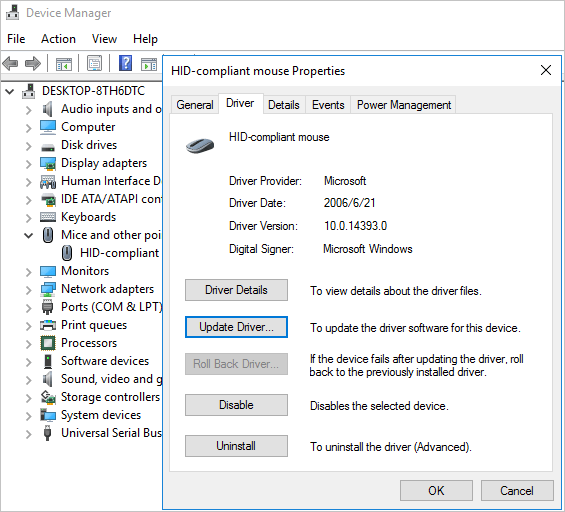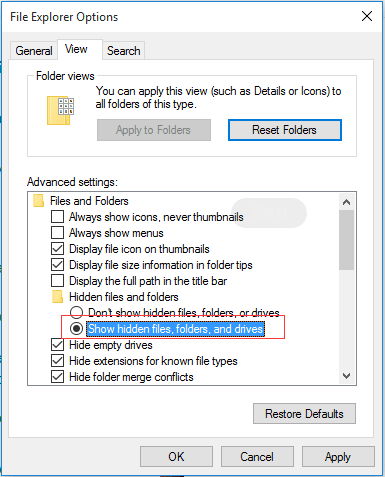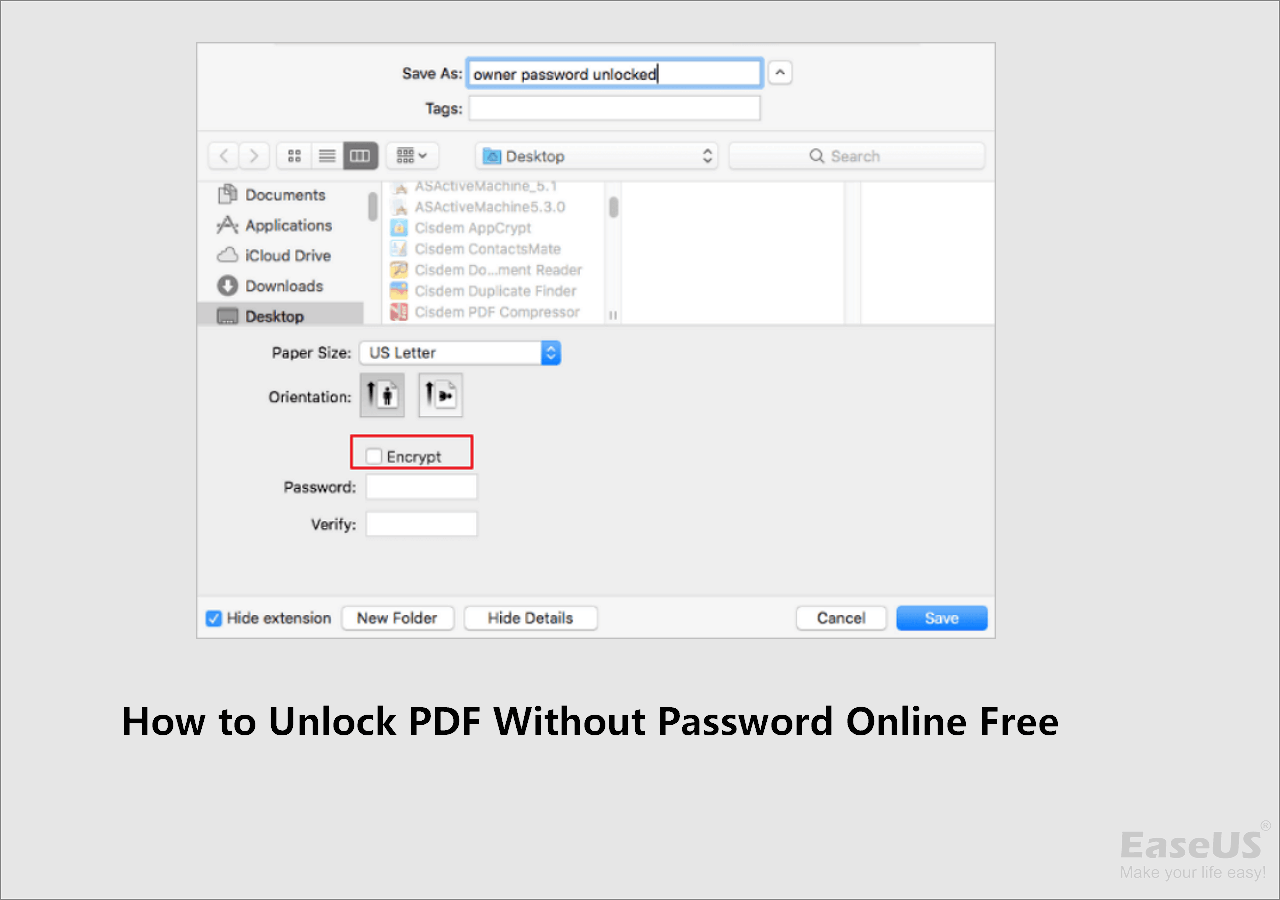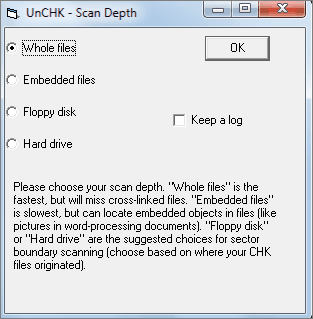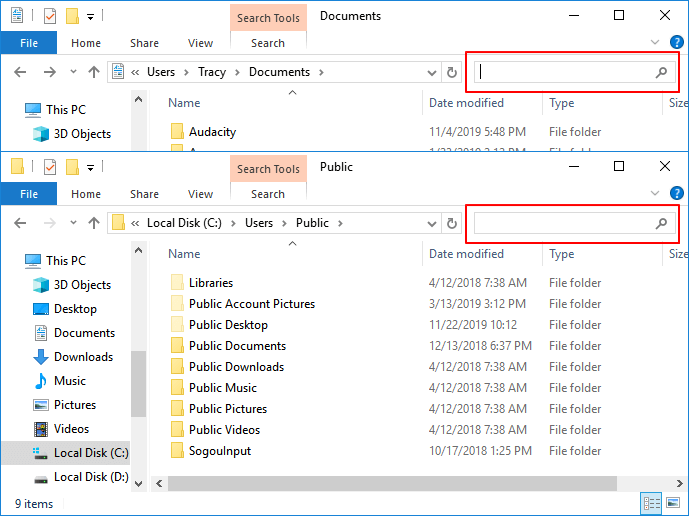-
![]() Inkscape Recovery: How to Recover Lost/Unsaved Inkscape Files
Inkscape Recovery: How to Recover Lost/Unsaved Inkscape Files December 12,2025
December 12,2025 6 min read
6 min read -
![]()
-
![]()
-
![]() Recover Ring Video: Recover Deleted or Lost Ring Video Files [100% Work]
Recover Ring Video: Recover Deleted or Lost Ring Video Files [100% Work] December 12,2025
December 12,2025 6 min read
6 min read -
![]() Windows 10 Startup Folder Location, How to Change Startup Programs
Windows 10 Startup Folder Location, How to Change Startup Programs December 28,2025
December 28,2025 6 min read
6 min read -
![]()
-
![]()
-
![]()
-
![]()
-
![]() [Sovled] Lost or Missing Desktop Files After Windows 10 Update
[Sovled] Lost or Missing Desktop Files After Windows 10 Update December 12,2025
December 12,2025 6 min read
6 min read
Page Table of Contents
Post Overview: If you want ro recover permanently deleted files from OneDrive, you need to check the OneDrive Recycle Bin and the second-stage bin. If there is no file here, you may consult a professional data recovery software.
OneDrive deleted files? Read on to learn how to recover permanently deleted files from OneDrive using the Recycle Bin or the local hard drive.
| Workable Solutions | Step-by-step Troubleshooting |
|---|---|
| Method 1. Recover Files from OneDrive Recycle Bin |
|
| Method 2. Recover Lost Files from Your Local Hard Drive |
|
OneDrive Deleted Files Recovery - Recover from OneDrive Recycle Bin
When you delete a file from your OneDrive storage, you still have a chance to recover your file. That's because Microsoft keeps your removed files, including documents, photos, video games, music, movies, and programs, for 30 days. Within 30 days of deleting a file, you can restore that file right from OneDrive.
To undelete OneDrive files in Windows 11/10, follow the instructions given below.
Step 1. Right-click the OneDrive icon and select "view online".
Step 2. Sign in to your OneDrive account on the OneDrive website at: https://onedrive.live.com/about/en-us/.
Step 3. Click the "Recycle Bin" option on the left pane.
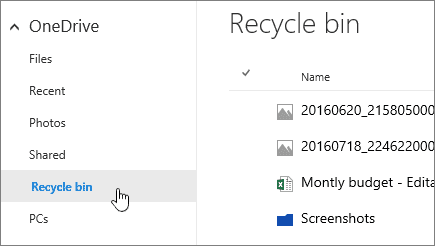
Step 4. All the deleted files and folders will be displayed on the right pane. To restore specific files or folders, pick them by selecting their checkbox, to restore all items, click "Restore all items".
- Tip
- When you delete files from the OneDrive desktop app, you can check your computer's Recycle Bin to undelete OneDrive files unless you've emptied the Windows Recycle Bin or the Recycle Bin is overflowing, at this point, old items are removed automatically. However, even if you have emptied the recycle bin, you can still recover files from Recycle Bin after empty with EaseUS Data Recovery Wizard as shown below.
How to Recover Permanently Deleted Files from OneDrive
Your OneDrive folder location is set at C:\Users\[your username] by default, and that contains all your synced files and folders. When you delete something by whatever means, even after the 30 days limit exceeds or OneDrive and Windows Recycle Bin are cleared and emptied, there is still a way to recover permanently deleted OneDrive files.
This is by using a file recovery tool to recover your original OneDrive files from HDDs, external USB drives, SD cards, and other storage mediums. While there are many data recovery tools out there, EaseUS Data Recovery Wizard seems to be doing a good job at the task. It helps recover various file types like photos and videos and works regardless of what caused you to lose data.
- Recover lost or deleted files, documents, photos, audio, and more.
- Recover files from formatted hard drive, emptied recycle bin, memory card, flash drive, and more.
- Support data recovery for sudden deletion, formatting, hard drive corruption, virus attack, system crash under different situations.
Keep the storage drive where you stored your OneDrive files handy, and then follow the following steps to perform a OneDrive recovery.
- Important
- Why do we recommend scanning local disks when recovering from a cloud drive? It's because your local files are always in sync with the cloud device. When you delete data from a cloud drive, like Dropbox, OneDrive, or Google Drive, you delete the local files as well. EaseUS Data Recovery Wizard scans the local drive to find identical files that have disappeared from the cloud drive.
Step 1. Select a cloud drive
Launch EaseUS Data Recovery Wizard and select the "Cloud Drive". Then click "Search for Lost Data" to get started.
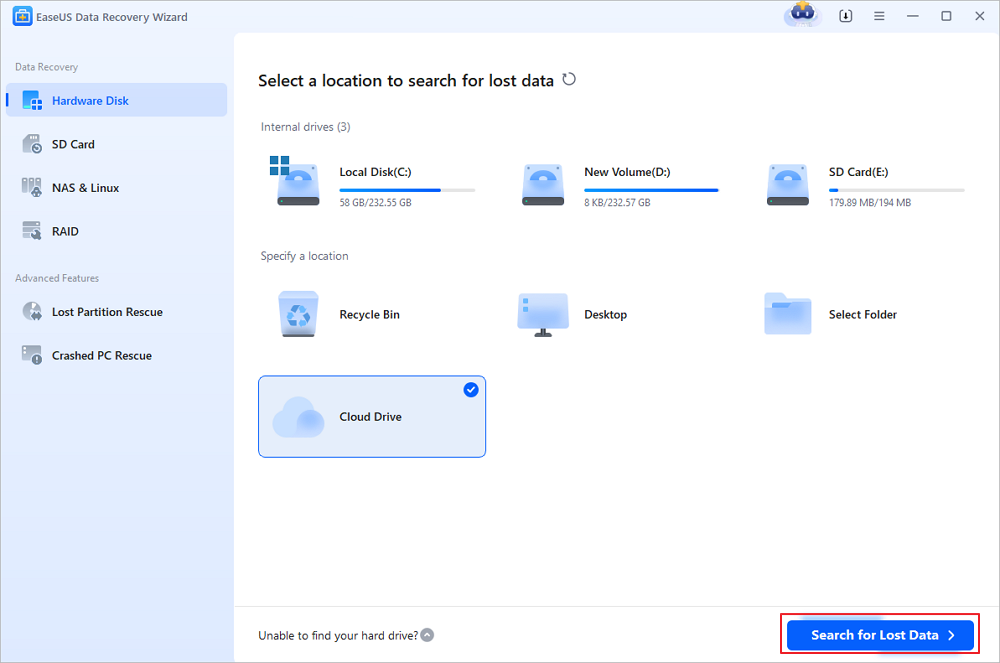
Step 2. Check for scan results
We offer two options for restoring files: scanning cloud storage and syncing local disks. Click "Cloud" to restore unwritten files directly from the corresponding service's website. However, we recommend scanning your local disk: Click "Local" to find lost files, even those deleted over 30 days ago, from synced disks with the cloud drive.
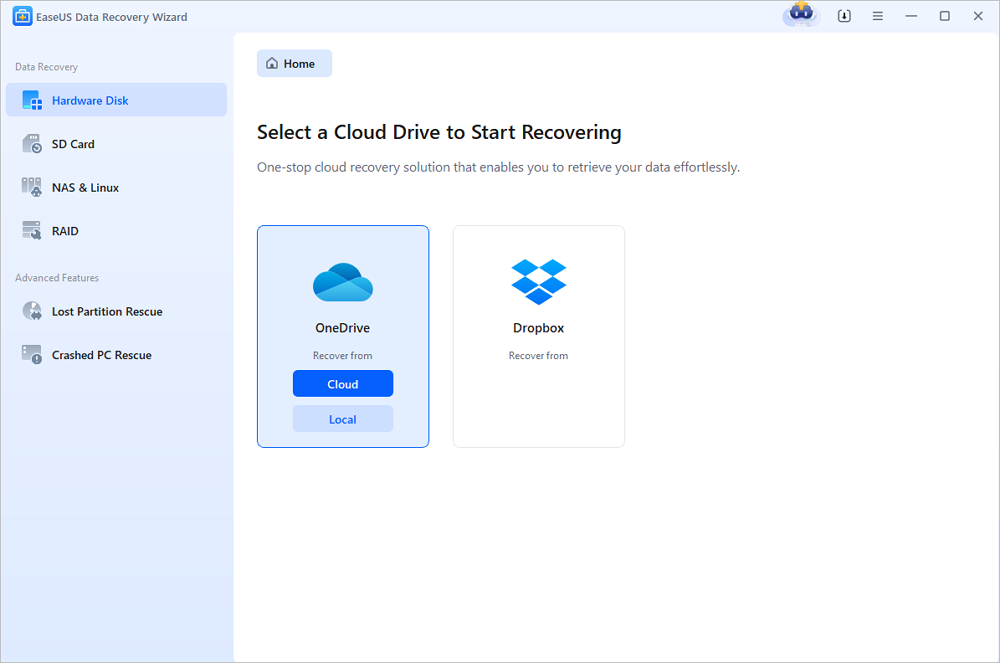
Step 3. Recover desired files
After scanning, select the files you're looking for, click "Recover", and choose a different location other than the previous local drive to save the recovered files. You can select a cloud storage and click "Save" to save your recovered files.
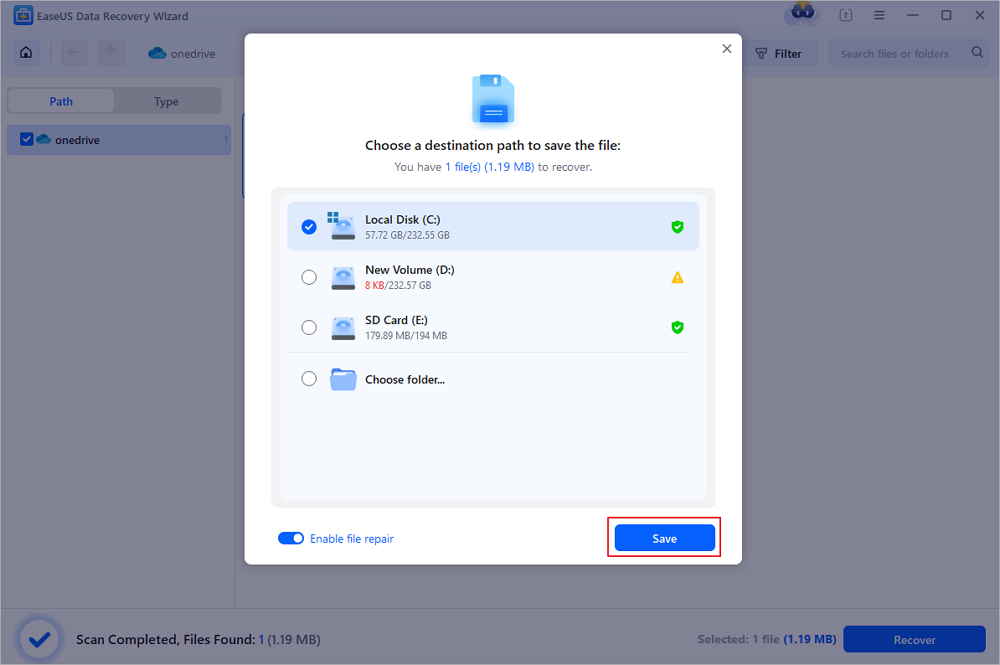
Final Words
This post has looked at how you can recover permanently deleted files from OneDrive using the Recycle Bin utility and with data recovery software. EaseUS Data Recovery Wizard would be your go-to solution if you are a computer rookie.
Was this page helpful?
-
Finley is interested in reading and writing articles about technical knowledge. Her articles mainly focus on file repair and data recovery.…
-
Mahesh is an experienced computer tech writer. He's been writing tech how-to guides for about 8 years now and has covered many topics. He loves to teach people how they can get the most out of their devices.…

20+
Years of experience

160+
Countries and regions

72 Million+
Downloads

4.9 +
Trustpilot Score


Free Data
Recovery Software
Recover data up to 2GB for free!
